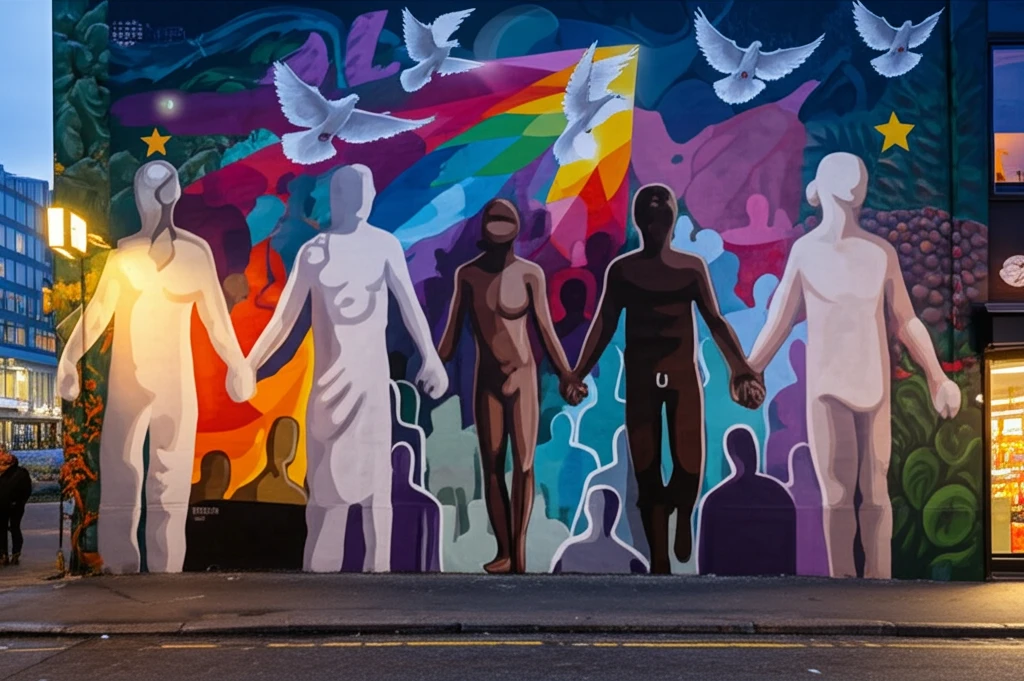
Can Street Art Really Fight Terrorism? How Norway's Creative Response Offers Hope
"Exploring the power of art and community in the face of violence: Lessons from Norway's response to the 2011 attacks."
In July 2011, Norway experienced a tragedy that shook the nation. Anders Breivik detonated a bomb in Oslo and carried out a mass shooting at a youth summer camp on the island of Utøya. In the aftermath, as the world grappled with understanding the motives and implications of the attacks, Norway chose a unique path: one of openness, dialogue, and community engagement.
While many nations reacted to terror with increased surveillance and stricter security measures, Norway turned to its values of democracy, tolerance, and human rights. This approach was reflected not only in the government's policies but also in the response of the Norwegian art community, which used street art to promote unity, challenge xenophobia, and foster a sense of collective healing.
This article explores how street art became a powerful tool in Norway's response to the 2011 attacks. It examines the ways in which artists used their creativity to express solidarity, challenge extremist ideologies, and create spaces for dialogue and reflection. By looking at the intersection of art, community, and counterterrorism, we can gain new insights into the potential of creative expression in promoting peace and resilience.
Street Art as a Voice for the Voiceless: How Art Challenges Extremism

The core of the Norwegian artistic reaction was a commitment to universal human rights and a rejection of intolerance and xenophobia. Street art, with its inherent visibility and accessibility, became a medium for challenging the narratives that fueled the attacks.
- Making the Invisible Visible: Street art can highlight the voices of marginalized communities, offering a platform for those who are often excluded from mainstream discussions.
- Challenging Illiberal Governance: Art can expose the underlying logic of policies that restrict freedoms and promote division.
- Promoting Creative Solutions: Artists can offer fresh perspectives on security, community, and peace, inspiring new approaches to complex challenges.
The Enduring Power of Art
The Norwegian experience demonstrates the potential of art as a force for positive change in the face of violence and extremism. By embracing creativity, promoting dialogue, and fostering community, we can build a more resilient and inclusive world. While street art is not a singular solution, it is a valuable tool for challenging harmful narratives and inspiring hope.
